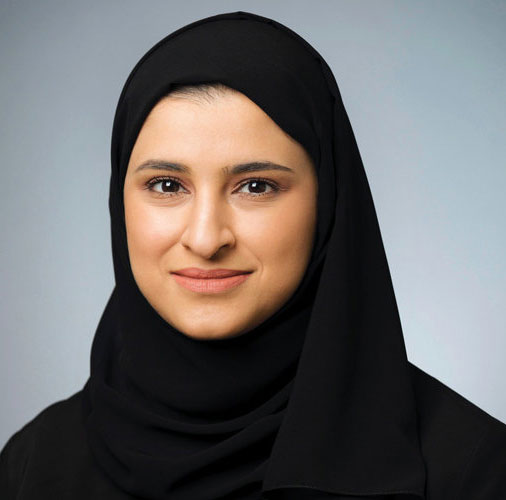Shooting for Venus: A sit down with UAE’s space agency chair

After leading the United Arab Emirates to Mars, space agency chair Sarah Al Amiri expects that over the next 10 years, “human exploration will go further than it has done in a very long time”.
The space chief is now set to help the United Arab Emirates Space Agency navigate its interplanetary mission through our solar system to orbit Venus.
The Emirati interplanetary mission, scheduled for 2028, aims to explore the asteroid belt between Mars and Jupiter, which is the source of most of the meteorites that impact Earth.
Speaking to City A.M., Al Amiri, also the United Arab Emirates (UAE) minister for advanced technology, explained that the venture will use her successful Mars mission, known as Hope, as a template for its most ambitious venture yet.
“It is based on the lessons learned from the Emirates Mars Mission,” she said, speaking from the UAE’s embassy in London. “It uses a lot of the spacecraft designs of the Emirates Mars Mission.
“It’s an interesting point for the space sector… access to space has been easier than it has ever been.”
While there is still room for growth in terms of design and innovation, the country is developing a true space “ecosystem” to help stimulate investment, similar to the UK’s own plans.
Al Amiri, who grew up at a time before the UAE established a space programme, explained that “it has to be self-sufficient at some point”.
“We are prioritising the space sector and companies within the UAE,” she continued. “For the new mission we’re creating a new programme and we want to loop in as many businesses as possible.”
Currently, the Interplanetary Mission has completed its ‘mission concept’, where the agency completes its top-level requirements before proceeding onto the design of the spacecraft.
Now in the design phase, the bold mission calls for an equally bold ship design for the five-year journey.
“Venus is a gravity assist planet and it’s getting further to sun than the previous mission we have launched,” she said, which means the mission requires a craft that can withstand the heightened levels of radiation and the rolling tides of Venus’ orbit.
The spacecraft is set to make its first fly-by of a main asteroid belt in 2030, before navigating seven more belts and landing on an asteroid 560 million kilometres from Earth in 2033 – making the UAE the fourth country to land a spacecraft on an asteroid.
The next 10 years
Beyond human exploration like we have never seen before, Al Amiri also expects the growing space industry to “continue to go down the realm of utilisation of space data,” over the next decade, as governments and businesses look to get a grip of climate change, growing costs of necessities like energy and maintaining the pace of development.
“Communication will also transform. Utilising satellites for communications here on earth,” she said. “We’re focusing on tech to further diversity our economy.”
The space agency chair also predicts that satellites – much like the beloved mobile phone – will continue to shrink, even smaller than current CubeSat satellites which are around the size of a shoebox.
It offers the country an opportunity to widen its economic horizons, with more than 85 per cent of the UAE’s economy based on oil exports around 10 years ago, as the world seeks to cut its reliance on fossil fuels to tackle the Earth’s warming climate.